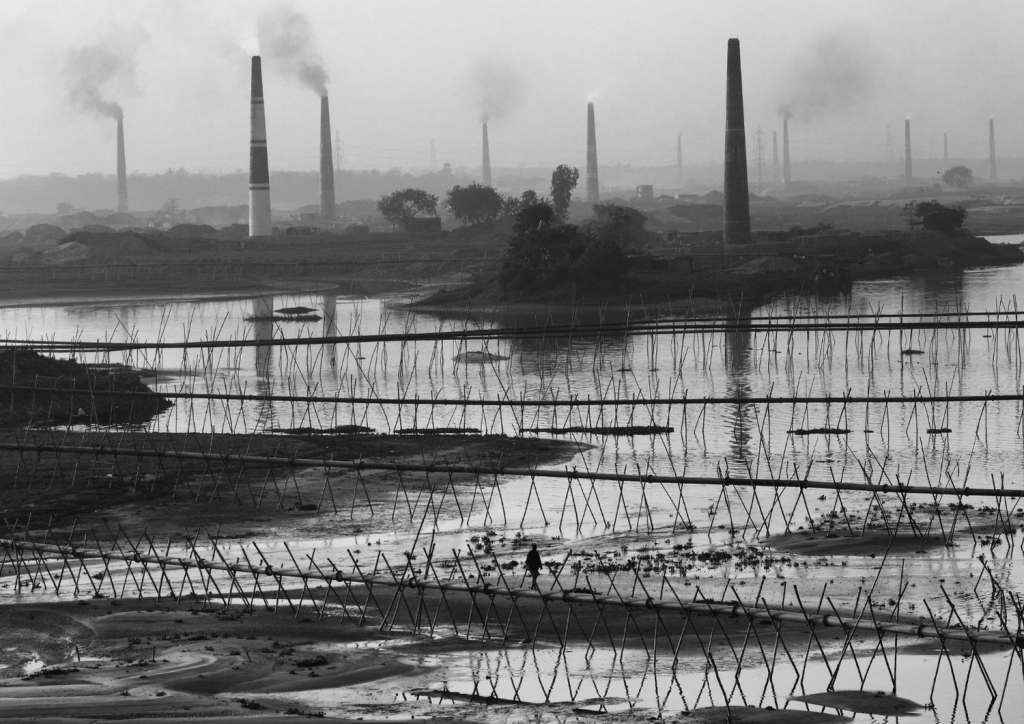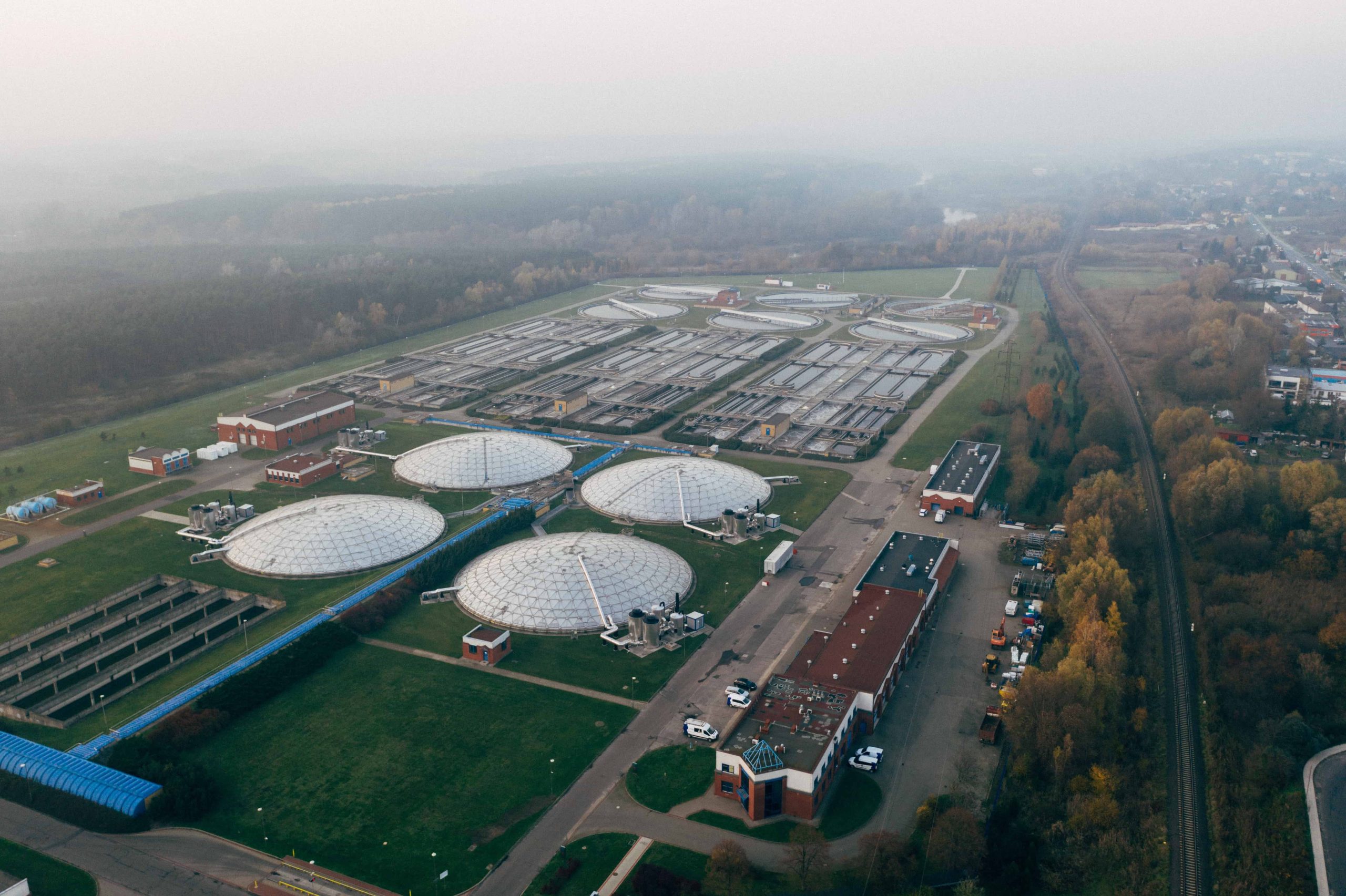South Africa’s Water Crisis: The Urgent Need for R1 Trillion Investment
The country faces an array of challenges exacerbated by climate change, including prolonged dry seasons due to severe El-Nino and La-Nina cycles.
These challenges pose significant risks to the provision and distribution of water. This blog explores the critical issues surrounding South Africa’s water crisis and proposes potential solutions.
The Crumble: Deterioration of our most valued commodity, WATER
This massive investment is not merely about fixing pipes and treatment plants; it’s about ensuring sustainable access to clean water for all South Africans. At the heart of this monumental task lies the pivotal role of municipal management. Effective governance and management at the municipal level are essential for translating financial investments into tangible solutions that address the water crisis comprehensively.
Aging and Inefficient Water Infrastructure
The lack of National allocation to infrastructure upgrades has lead to the a backlog of nearly a Trillion Rand with most infrastructure dating back to the 1970’s.
Shockingly, the 2023 Blue Drop Report shows that only 26 water supply systems scored above 95% and achieved Blue Drop Certification out of a total of 958 assessed systems. This represents approximately 2.7% of the total systems assessed.
Water Leaks and Wastage in the Distribution System
ENVIRONMENTAL
Leaking pipes can introduce contaminants into underground reservoirs and aquifers, harming ecosystems and increasing the environmental footprint of water management.
ECONOMY
Economically, the implications are substantial. Lost water equates to lost revenue for municipalities, which already face budget constraints for infrastructure maintenance and upgrades. This inefficiency often results in higher maintenance costs and increased water tariffs for consumers, further straining public resources.
The outdated and poorly maintained infrastructure is a significant contributor to these water leaks. Many pipes date back several decades and have not received the necessary maintenance or upgrades.
Inequitable Distribution of Water Resources
Today only 54% of all South African households have access to clean, potable water. Water scarcity is at risk as a result of increasing climate changes that includes increased drought seasons, and lack of sufficient supply enhances strain to provision safe, clean, reliable water for all South Africans.
To address this problem, strategic planning and investment are crucial for expanding and modernizing the water distribution network. This will help ensure that all regions, including newly developed areas, receive an equitable share of water resources.
Dependence on Reliable Municipal Water Supply
Ensuring a reliable water supply at all times requires not only robust infrastructure but also a consistent and reliable electricity supply.
The interdependence between the water and energy sectors means that coordinated efforts are necessary to enhance the reliability and efficiency of both systems.

Mismanagement and Corruption
Inefficient allocation of resources, lack of accountability, and fraudulent activities hinder efforts to maintain and upgrade water systems.
Corruption diverts funds meant for infrastructure improvements, leading to substandard work and perpetuating the cycle of inefficiency and disrepair. Mismanagement often results in delayed responses to leaks and other issues, further compounding water loss and public dissatisfaction.
Effective governance and transparency are essential to combat these issues. Implementing stringent oversight mechanisms, auditing processes, and anti-corruption measures can help ensure that funds are used appropriately and that infrastructure projects are completed to a high standard. Building a culture of accountability within municipal water departments is crucial for restoring public trust and ensuring the efficient use of resources.
Poor Water Quality with High Levels of Contaminants and Pollutants
In the second quarter of 2024, the severity of this issue was highlighted when 28 municipalities faced criminal charges due to highly contaminated water sources. These legal actions reflect the government’s recognition of the crisis and the need for accountability. The presence of contaminants can lead to health issues, including gastrointestinal illnesses, neurological disorders, and long-term diseases like cancer, particularly affecting vulnerable populations such as children and the elderly.
The public outcry and loss of trust in municipal water services have driven residents to seek alternative water sources, further straining limited resources.
Investing in water infrastructure is not just an economic imperative; it’s a moral obligation to ensure that every person has access to clean and safe water. Together, we can turn the tide on South Africa’s water crisis and pave the way for a sustainable and prosperous future.

Government initiatives, such as the National Water and Sanitation Master Plan, outline ambitious goals to address these challenges comprehensively. However, the success of these plans hinges significantly on effective implementation and management at the municipal level.